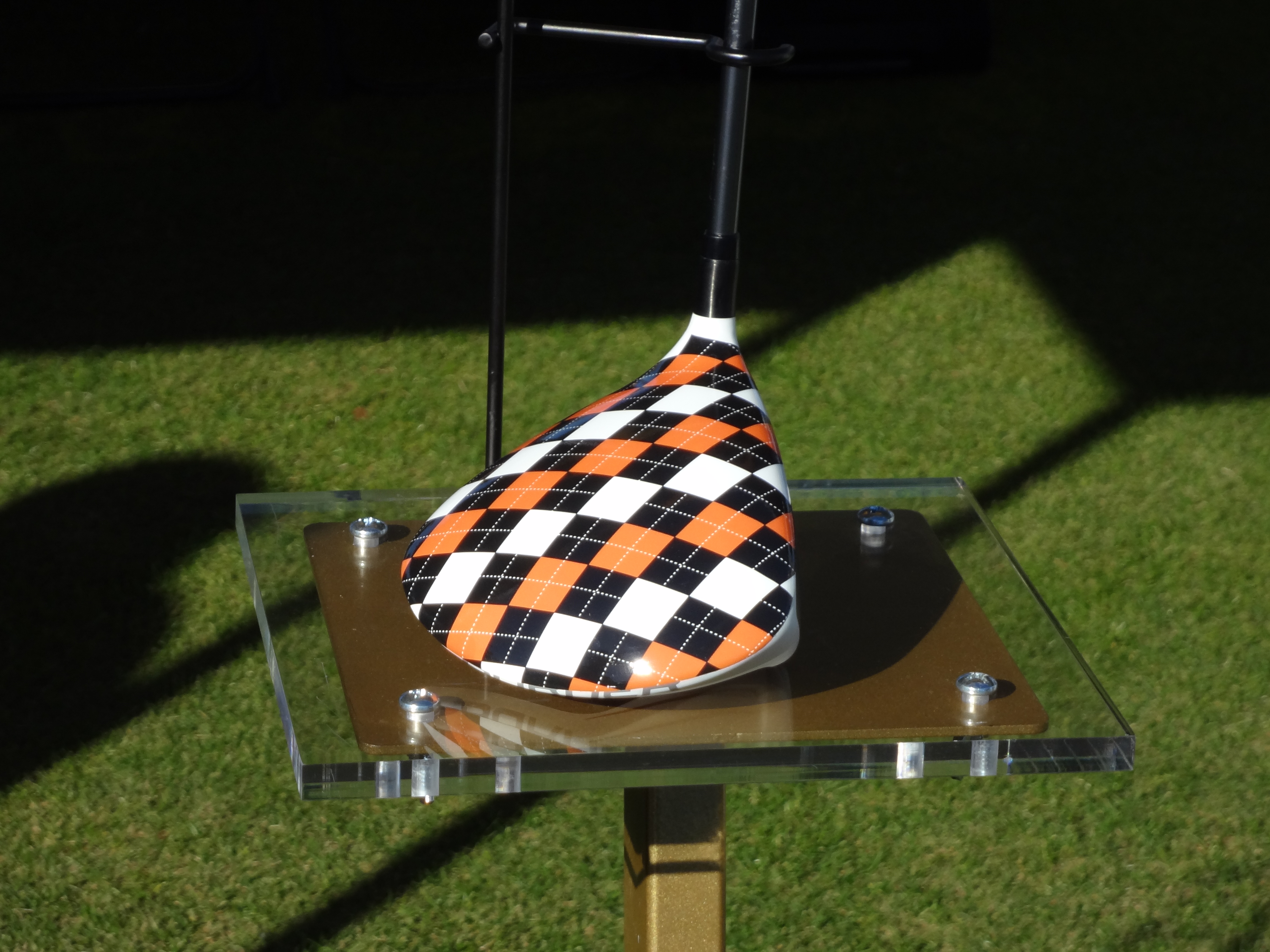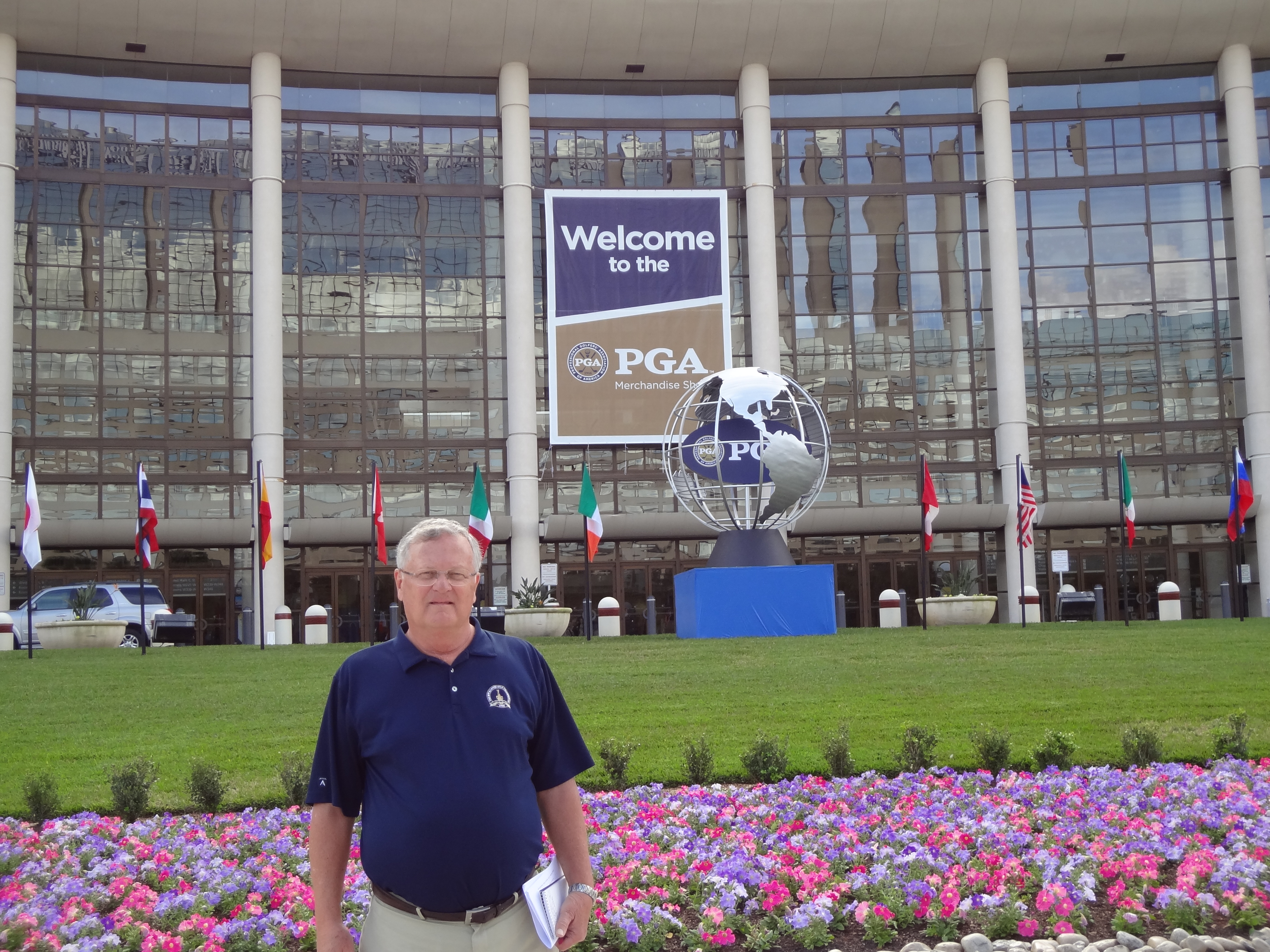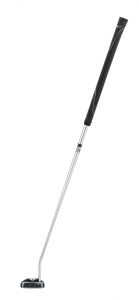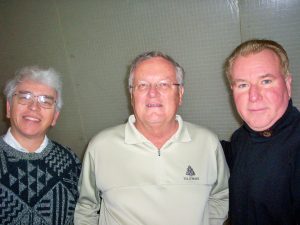Len Ziehm on Golf is today announcing a fourth partnership agreement, this one with the website Hacker’s Central. Based in Minneapolis, this site provides information and rates courses in Minnesota, North and South Dakota, Iowa, Nebraska, Wisconsin, Nevada and Illinois.
For starters, LZOG will contribute Travel Destination blog-type pieces as well as occasional news items relating to golf in Illinois to Hacker’s Central. We share the common purposes of passing on our love for the game to golfers of all abilities in all regions of the country.
In addition to the online golf community provided via Hacker’s Central, this group also produces Hacker’s Guides, which provide information on courses across the Midwest as well as in Texas, Arizona, Nevada and Southern California.
Founded by publisher Bruce Stasch in 2007, the Hacker’s Guide uses 60 different factors to rate a course in six different categories and is the most complete state-by-state golf course rating system since the U.S. Golf Assn. established par and course ratings. The Hacker’s Guide has rated over 530 golf courses across 13 states, including Minnesota, Iowa, Illinois, Wisconsin and North and South Dakota.
LZOG now has four partners, two of which operate beyond the boundaries of the Chicago area. Prior to hooking up with Hacker’s Central, LZOG established a partnership with Golf Now! Chicago, which — in addition to its website — has produced a premier designation guide for golfers for 10 years. It is guided by Indiana-based Cheryl Justak, who is running LZOG Travel Destination pieces on her website as well as two of our pieces in the 2012 printed version of Golf Now! Chicago.
In addition, LZOG is working with two long-time Chicago golf media buddies, Rory Spears and Tim Cronin. We have formed the “Big Three,’’ with the purpose of giving Chicago golfers a complete picture of pertinent news developments in and around our area. Rory operates out of the popular Golfers on Golf radio show and website while Tim, long-time golf writer for the Daily Southtown newspaper, has just introduced the first edition of his Illinois Golfer publication.




